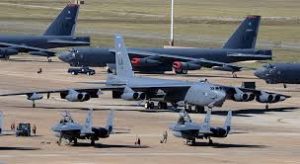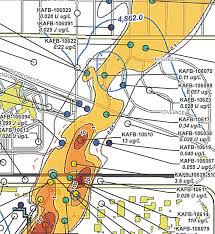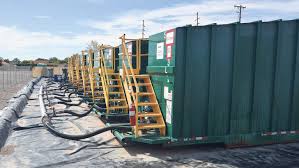
Environmentalists and lawmakers in New Mexico stepped up their threats to sue the U.S. Air Force over decades-old fuel leaks at Kirtland Air Force Base near Albuquerque.
The leaks were first detected in 1999 but might have first developed in 1950. They prompted a coalition of groups to demand deadlines for cleaning up the jet fuel contamination, claiming the leaks are a danger to public health and the environment.
“If the deadlines are missed without good reason, penalties should accrue. The Air Force needs to be held accountable,” said Charles de Saillan, staff attorney at the New Mexico Environmental Law Center, which is representing the coalition.
Kirtland is home to the 377th Air Base Wing, Air Education and Training Command’s 58th Special Operations Wing, the Air National Guard’s 150th SOW and many other tenants.

The leak is believed to be more than twice the size of the 1989 Exxon Valdez crude oil spill in Prince William Sound, Alaska. The Air Force has already spent $125 million cleaning up the soil and water around the site. Moe than 4,200 tons of contaminated soil was removed.

But that’s not enough for some legislators and non-profit groups. They want an independent review of the cleanup project, contending there are gaps in the data.
To keep the contamination from spreading beyond the boundaries of the base and toward drinking water wells, the Air Force installed a pump-and-treat system in 2015.
More than 585 million gallons of water have been extracted, treated to less-than-detectable concentrations of contamination and either used to water a golf course or injected back into the aquifer.
The leaking fuel contained the additive ethylene dibromide, or EDB. While the effects on people haven’t been well-documented, the U.S. Environmental Protection Agency says animal studies indicate that chronic exposure may result in toxic effects to the liver, kidney and reproductive organs.
The New Mexico environment department, which monitors the cleanup’s progress, recently released this year’s strategic plan for addressing the contamination at the base.
The plan was released just days after New Mexico announced it was suing the Air Force over groundwater contamination at two other bases. In that case, the contamination — linked to a class of chemicals known as perfluoroalkyl and polyfluoroalkyl substances, or PFAS — resulted from past firefighting activities at Cannon and Holloman air bases.
At Kirtland Air Force Base, “the response to this spill has moved far too slowly for far too long,” said Douglas Meiklejohn, executive director of the New Mexico Environmental Law Center.





